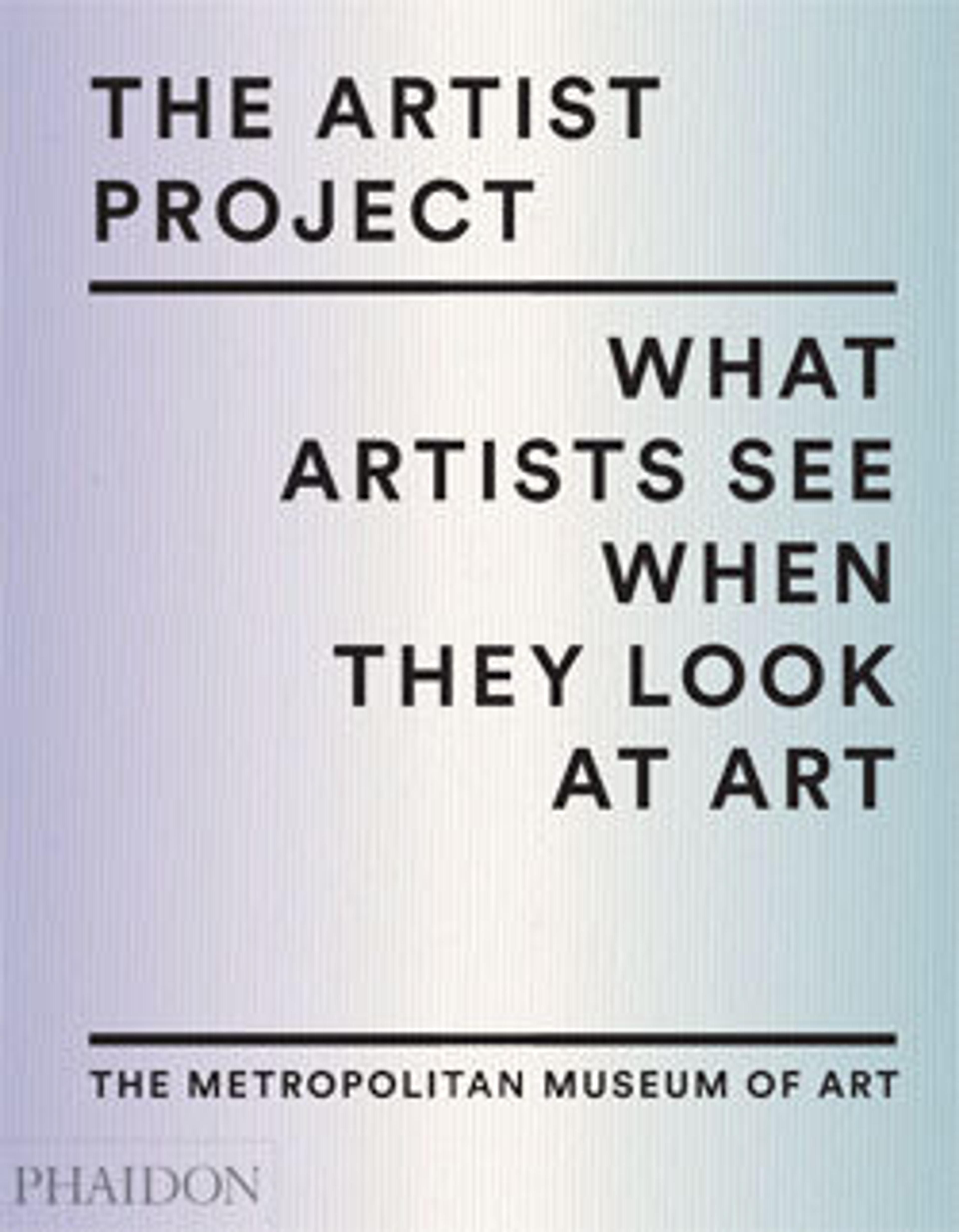1807, Friedland
This work, the largest and most ambitious painting by an artist renowned for meticulously rendered cabinet pictures, evokes one of Napoleon Bonaparte’s greatest victories. Meissonier made hundreds of preparatory studies for it, including drawings and sculptural models. He conceived the picture as part of a cycle of five key episodes in the life of the Emperor, only one other of which was completed: The Campaign of France—1814, an image of defeat (Musée d'Orsay, Paris). The present work gained notoriety in 1876, when the American department store magnate Alexander T. Stewart purchased it from the artist, sight unseen, for the then astronomical sum of $60,000.
Artwork Details
- Title: 1807, Friedland
- Artist: Ernest Meissonier (French, Lyons 1815–1891 Paris)
- Date: ca. 1861–75
- Medium: Oil on canvas
- Dimensions: 53 1/2 x 95 1/2 in. (135.9 x 242.6 cm)
- Classification: Paintings
- Credit Line: Gift of Henry Hilton, 1887
- Object Number: 87.20.1
- Curatorial Department: European Paintings
More Artwork
Research Resources
The Met provides unparalleled resources for research and welcomes an international community of students and scholars. The Met's Open Access API is where creators and researchers can connect to the The Met collection. Open Access data and public domain images are available for unrestricted commercial and noncommercial use without permission or fee.
To request images under copyright and other restrictions, please use this Image Request form.
Feedback
We continue to research and examine historical and cultural context for objects in The Met collection. If you have comments or questions about this object record, please contact us using the form below. The Museum looks forward to receiving your comments.
